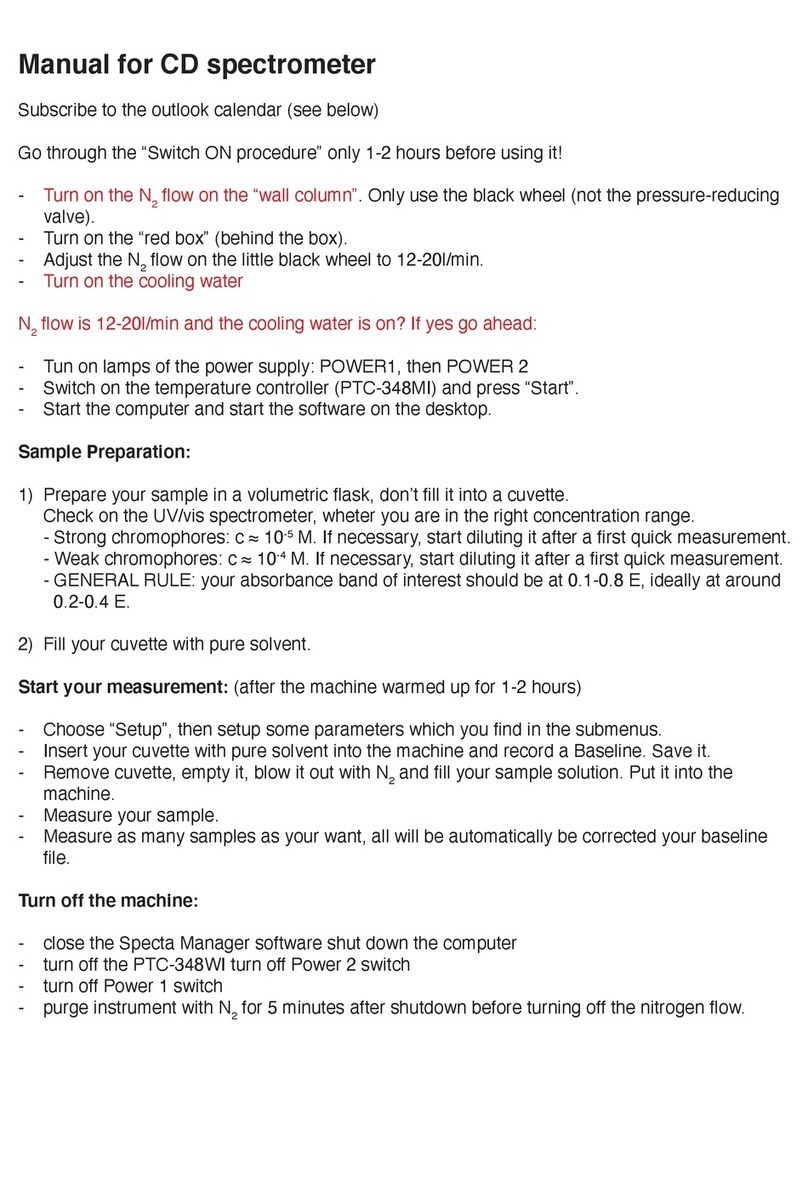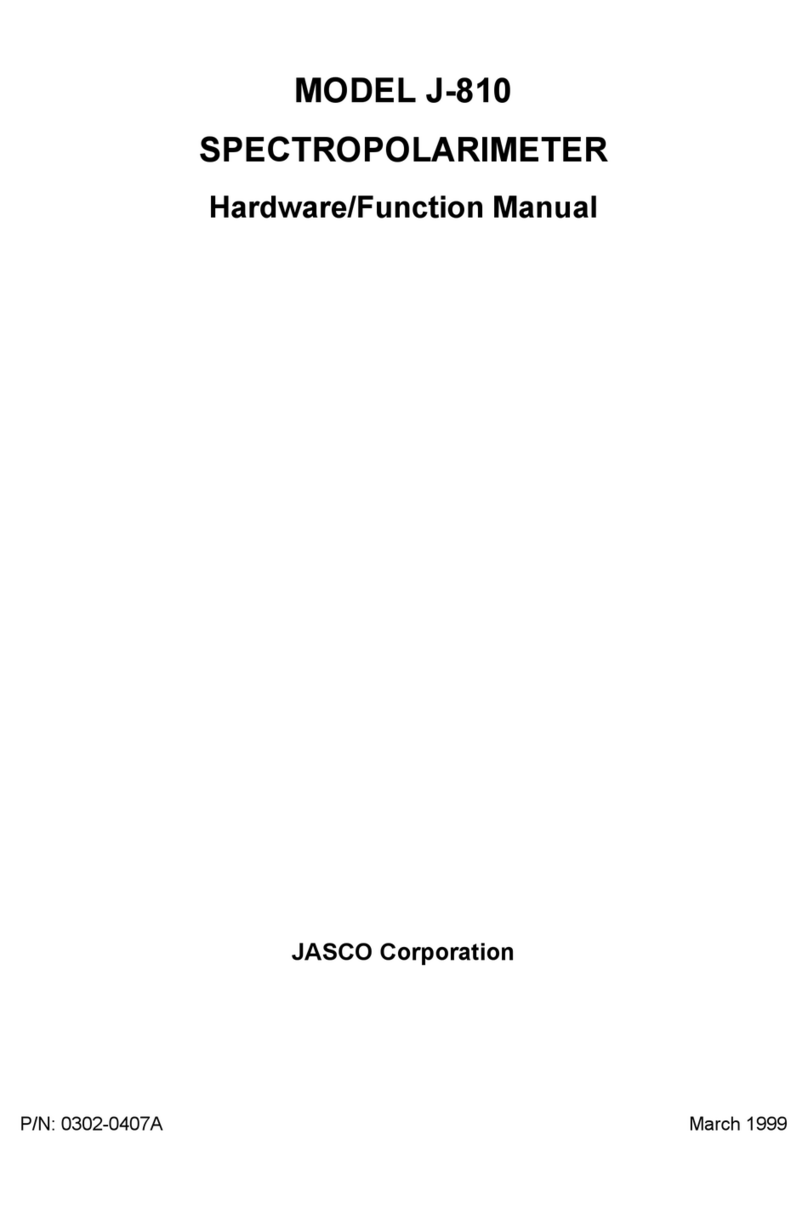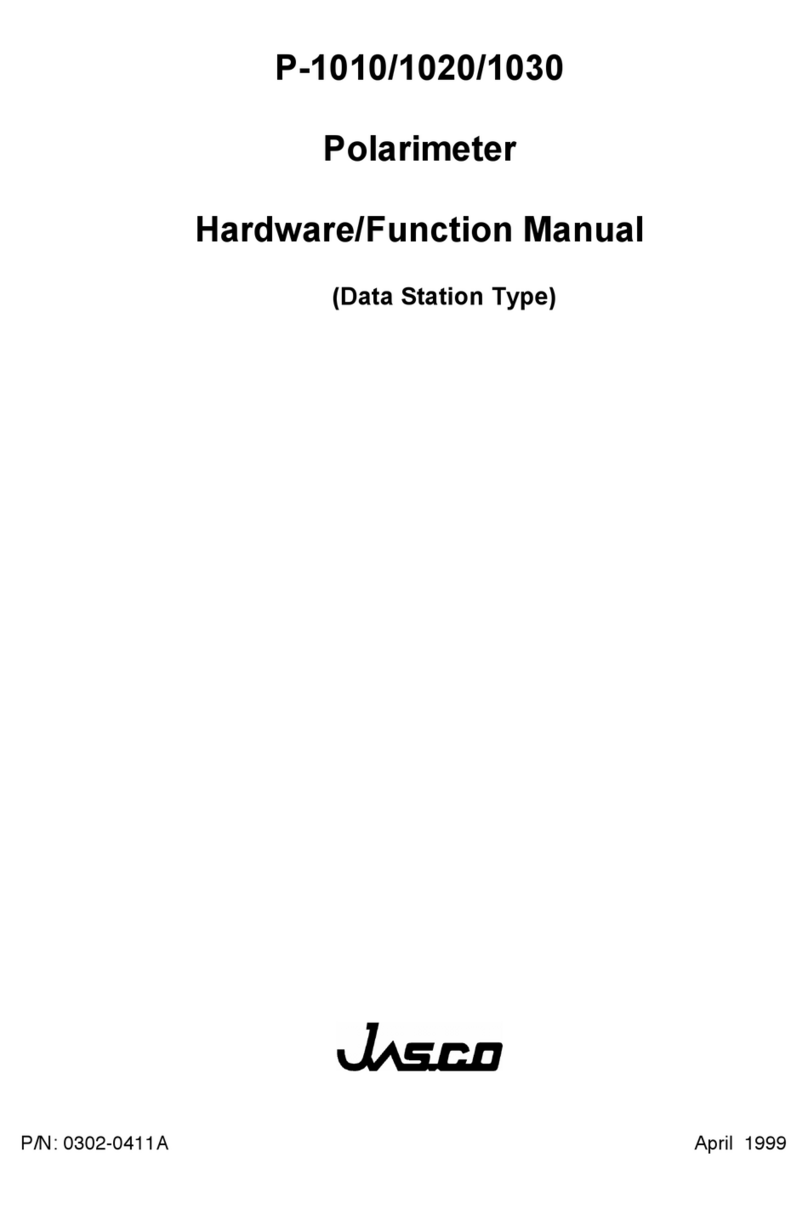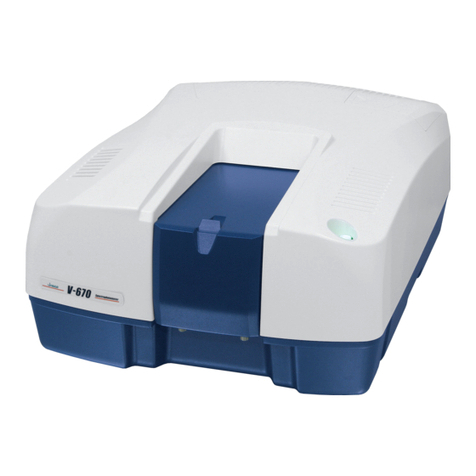ix
Notices
(1) JASCO shall not be held liable, either directly or indirectly, for any consequential damage
incurred as a result of product use.
(2) Prohibitions on the use of JASCO software
•Copying software for purposes other than backup
•Transfer or licensing of the right to use software to a third party
•Disclosure of confidential information regarding software
•Modification of software
•Use of software on multiple workstations, network terminals, or by other methods (not
applicable under a network licensing agreement concluded with JASCO)
(3) The contents of this manual are subject to change without notice for product
improvement.
(4) This manual is considered complete and accurate at publication.
(5) This manual does not guarantee the validity of any patent rights or other rights.
(6) If a JASCO software program hasfailed causing an error or improper operation, this may
be caused by a conflict from another program operating on the PC. In this case, take
corrective action by uninstalling the conflicting product(s).
(7) Windows is a registered trademark of Microsoft Corporation in the United States and other
countries. In general, company names and product names are trademarks or registered
trademarks of the respective companies. However, the TM and ®marks are not used in all
cases in this manual.
(8) When disposing of the instrument, parts, and waste solvents, takeappropriate measures
in compliance with applicable regulations regarding waste disposal, and correctly
dispose of them by yourself, or entrust disposal to a licensed industrial waste disposal
company. In any case, comply with the regulations in your country, state, region or
province to ensure they are disposed of legally and correctly.
(9) JASCO and the JASCO logo are registered trademarks of JASCO Corporation in Japan
and other countries.



































